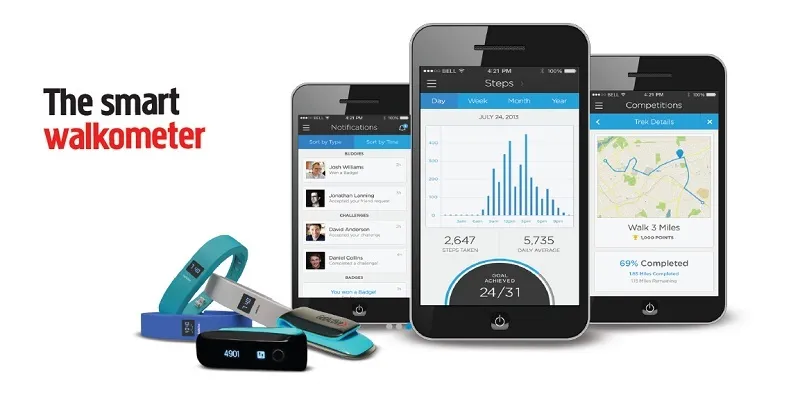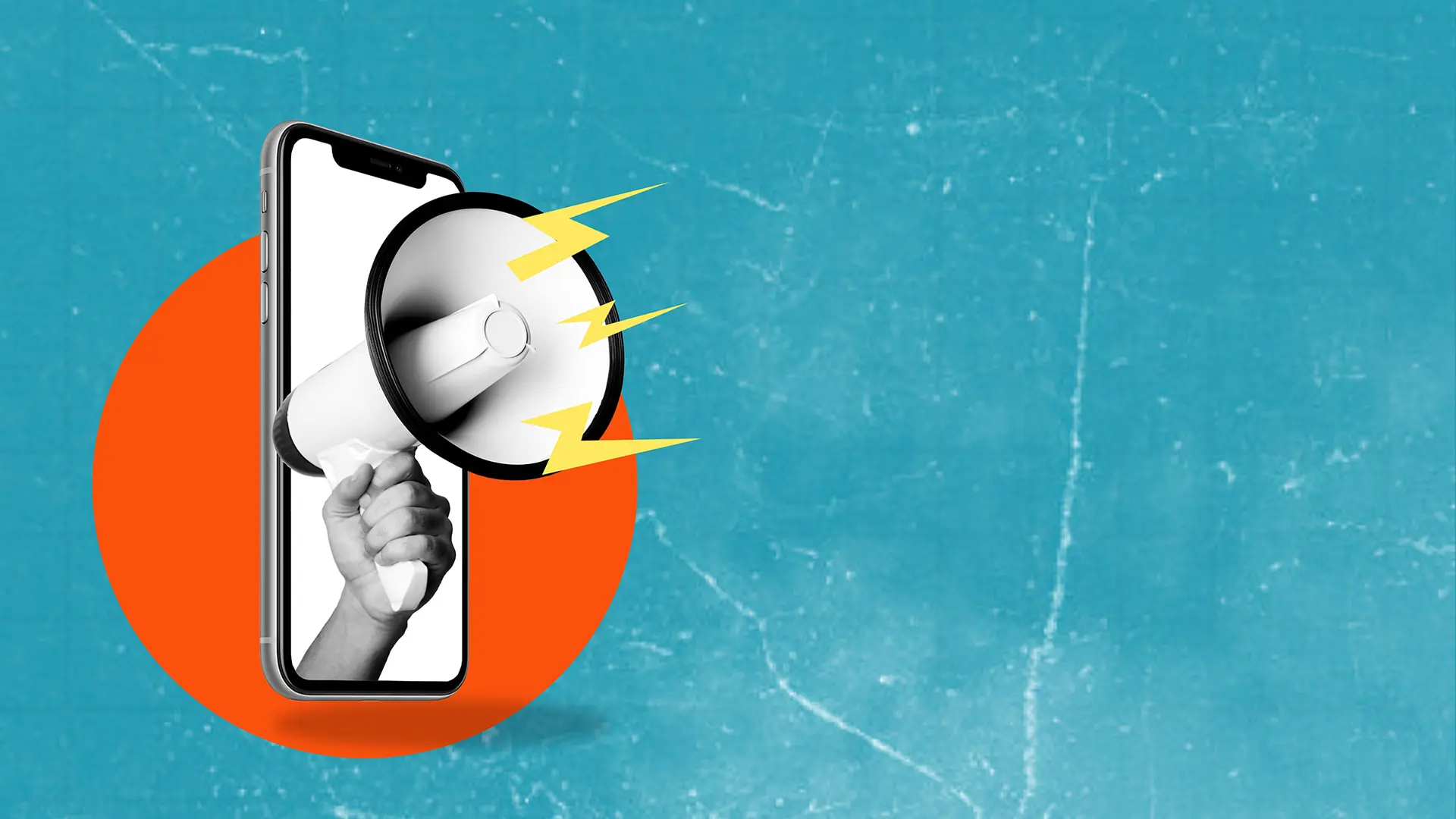GetActive: Ushering in a healthy Indian lifestyle through wearable tech devices
When Chinese philosopher Laozi said, “A journey of thousand miles begins with a single step,” he may not have known that it takes two million steps to complete that journey! Today, these calculations have become much easier with the emergence of wearable healthcare tech devices which keep a track of your physical activities.

Though Fitbits, Jawbone UPs, and Nike FuelBands accounted for 97% of $330 million digital fitness device market in 2013, there is enough scope for new entrants to grab a pie in a market that is estimated to grow to $19bn by 2018.
Investors seem bullish over wearable computing in 2013 with Fitbits raising $43 million (from Qualcomm Ventures, SAP Ventures & Softbank Capital), Withings raising $30 million (from Bpifrance, Idinvest, 360 Capital Partners & Ventech) and MyFitnessPal raising $18 million (from Kleiner Perkins & Accel). And as more entrepreneurs are foraying into this segment one can only expect this trend to grow in 2014.
One of the earliest products from India to venture into wearable healthcare tech devices is GetActive (a TechSparks TECH30 startup). Brainchild of Mohammed, the company has already launched its activity tracker, GetActive Slim in the market and the wrist band, GetActive Tapp, will be out soon. Given Mohammed’s experience of over two decades in the healthcare tech industry and understanding of consumer behavior, GetActive has made a good start with over 10,000 devices sold in the first year.

The other co-founders, Murtaza, Sreejith and Saurav, come from a well established corporate background and bring in the expertise of software programming, product design and business development to the company. Sharing his learning, Mohammed said, “People have this misconception that healthcare is not meant for handling chronic conditions but is only for emergency situations. This needs to change by getting more and more people focused on preventive healthcare.” GetActive began its R&D since it started in 2011 and the device was finally launched in January 2013.
The device is essentially an entry touch point to the user and it is the engagement platform that defines GetActive’s key value proposition. The company aims to establish a healthy work life balance for people by creating a tech-enabled health program to recommend and remotely monitor physical activities. In order to increase subscriber engagement, GetActive relies heavily on gamification, reward programs and competitions in social networks. While gamification helps in building customer engagement and overcoming the so-called ‘device boredom’, rewards and competitions target at motivating the consumer to stay on track. They are also in the process of setting up a back-end centre that will counsel subscribers on their lifestyles based on remote data monitoring. “Our goal is to provide health programs and services leveraging our competence in wearable technology,” explains Mohammed, elaborating on their core value proposition. GetActive clearly is about changing the mindset and habits of the user rather than just handing him/her a device.

After securing an angel round of investment, the company is already in the process of launching their second product, GetActive- Tapp, a Bluetooth enabled health band. They are also working towards taking into account the heart rate for measuring calories consumption which is currently calculated by tracking steps. Not only will this make the measurement more accurate, but it will also give a good indication of when to stop the workout. Oxygen level in the blood, real-time glucose monitoring and body ambient temperature measurement are other expected additions to the device, in line with GetActive’s strategy to ultimately provide wholesome disease management solutions to their subscribers.

While sensors have been in existence for a long time, converting the raw sensor data into useful information using proprietary algorithms is the critical recipe of success, and GetActive is one of the few players globally to have cracked this algortihm.
A major chunk of sales of 10,000 GetActive devices has come from aggregators, including the likes of APOLLO Munich, KPMG, SAP and Wipro which can be attributed to these companies seeing it as a good way to incentivize a small behavioral change. Mohammed sees this approach as a key to nurture user engagement as it results in community engagement while providing the aggregators a customized platform for administration at the back-end, including valuable data monitoring and analytics. Speaking on their performance benchmarks, Mohammed said, “When you crave for something which has a long lasting impact on society and an opportunity to achieve it, you don’t think about money. Our yardstick is how many millions of steps I will achieve for my subscribers. Today GetActive device consumers are walking 10 million steps per day and we want to take this number to 1 billion steps per day by this year end.”
What started as a very modest movement has engulfed the whole world. People are seeing a flood of devices and information has become important like never before. Wearable tech is becoming simpler and more personalized to suit the fashion, surroundings and interests. People are coming with technology which alerts you if you’re eating too fast and this will get even more hi-tech in the future. If CISCO CEO John Chambers is to be believed, then ‘Internet of Everything’ is a $19 trillion opportunity which makes it even bigger than internet. Talking of internet of things, the recent ‘Digital Consumer Tech Survey 2014’ by Accenture shows the high rate of adoption in healthcare tech devices among Indians which syncs in with the 10-15 times sales growth target of GetActive. As disease management and preventive healthcare become more accommodating with wearable tech devices, the competition will definitely get more fierce, but GetActive will enjoy the first mover’s advantage at least in India.
Company Website: GetActive.in







